
Dorothy Revier was an American actress.

Edward T. Lowe Jr. was an American film writer, producer and editor. He wrote 120 films between years 1913–1947, produced 18 films and directed one: The Losing Game (1915).
Harvey Harris Gates was an American screenwriter of the silent era. He wrote for more than 200 films between 1913 and 1948. He was born in Hawaii and died in Los Angeles, California.
Frederick J. Jackson, also known professionally as Fred Jackson and Frederick Jackson and under the pseudonym Victor Thorne, was an American author, playwright, screenwriter, novelist, and producer for both stage and film. A prolific writer of short stories and serialized novels, most of his non-theatre works were published in pulp magazines such as Detective Story Magazine and Argosy. Many of these stories were adapted into films by other writers.

Bradley Barker was an American actor and film director of the silent era. He also created sound effects for film and radio.

Allen Holubar was an American actor, film director, and screenwriter of the silent film era. He appeared in 38 films between 1913 and 1917. He also directed 33 films between 1916 and 1923.

Hugo Werner-Kahle was a German stage and film actor. He appeared in around a hundred films during his career.

Selznick Pictures was an American film production company active between 1916 and 1923 during the silent era.
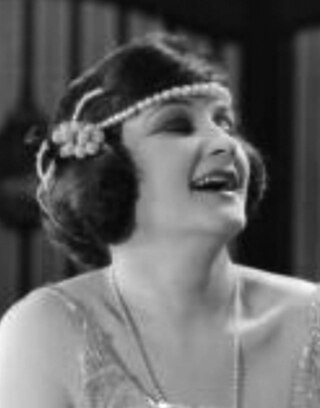
Dorcas Neville Matthews was an English actress in silent films in the U.S. She had numerous roles as a supporting actress and was well known.
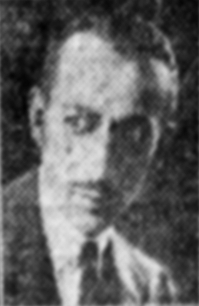
Henry McDonald Sedley (1881–1962) was an American actor. He caused the death of a fellow student while a freshman at Yale University in 1901, which may have been the reason for a young woman being banned by her grandmother from marrying him.
Flesh and Spirit is a 1922 American silent drama film directed by Joseph Levering and starring Belle Bennett, Walter Ringham and Denton Vane.

The Last Moment is a lost 1923 American silent horror film directed by J. Parker Read Jr. and starring Henry Hull, Doris Kenyon and Louis Wolheim.
Lewis Allen Browne was an American screenwriter of the silent era. Prior to screenwriting, Browne was a journalist, including 11 years as city editor at the Boston Journal.

When a Man Loves is a 1919 American silent drama film directed by Chester Bennett and starring Earle Williams, Tom Guise and Margaret Loomis.
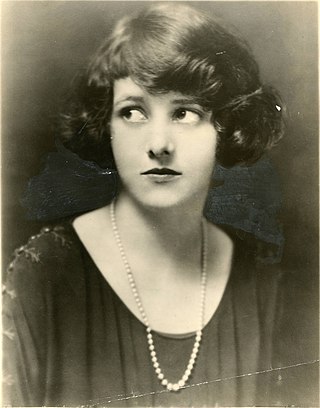
Frederica "Faire" Binney, was an American stage and film actress.
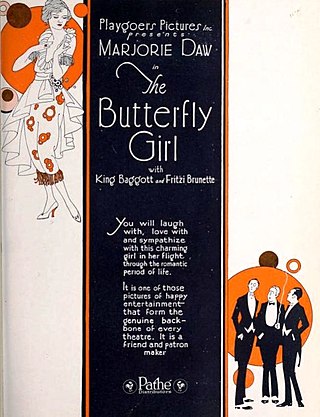
Playgoers Pictures was an American film production and distribution company active between 1921 and 1923 during the silent era. Unlike many other independent companies it concentrated on a variety of genres rather than just westerns. The 1921 film Tropical Love was one of the first to be shot in Puerto Rico. It also released several British films including The Pauper Millionaire. Norma Shearer starred in the 1923 film A Clouded Name while other actors appearing in the company's films include Dolores Cassinelli, Marjorie Daw, Fred Niblo, Lillian Lorraine, Wyndham Standing, Noah Beery, Dorothy Mackaill and Reginald Denny.
James C. McKay (1894–1971) was an American film director and editor. His directorial debut was the 1916 Fox Film release The Ruling Passion shot in Jamaica under the supervision of Herbert Brenon. He directed several silent films for Tiffany Pictures in the mid-1920s. He was hired by MGM to shoot Tarzan Escapes in 1935, but the studio was dissatisfied with his efforts and he was replaced by Richard Thorpe.
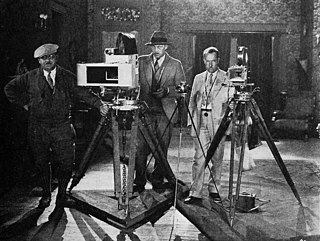
William S. Adams (1892–1930) was an American cinematographer of the silent era. He was the younger half-brother of J. Stuart Blackton, the British born film pioneer and co-founder of Vitagraph Studios. Adams worked with Blackton several times, but was also employed by other companies. He developed a reputation as a specialist in aerial photography, but his career was cut short when he died of a tropical disease at the beginning of the sound era.
Arthur Reeves (1892–1954) was an American cinematographer active in the silent and early sound era. He began his career at the Chicago-based Essanay and went on to work for a variety of other studios including Metro, Universal and FBO Pictures.
Jacques Montéran (1882–1947) was a French cinematographer. During the silent era he worked in the United States before returning to France. His son Roger Montéran also became a cinematographer.













